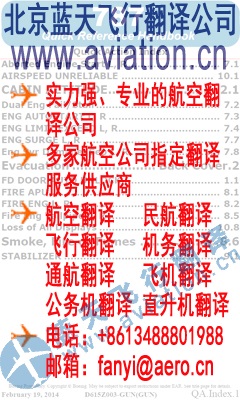|
To view this page ensure that Adobe Flash Player version 9.0.124 or greater is installed. 5-9. The relationship between power and range is illustrated by the range profile chart. Considerable fuel savings and longer range result when lower power settings are used. The range profile chart indicates that use of 65% power at 5500 feet yields a predicted range of 523 nautical miles with no wind. The endurance profile chart, figure 5-9, shows a corresponding 4.7 hours. The range figure of 523 nautical miles is corrected to account for the expected 10 knot headwind at 5500 feet. Range, zero wind 523 Decrease in range due to wind (4.7 hours x 10 knot headwind) 47 Corrected range 476 Nautical Miles This indicates that the trip can be made without a fuel stop using approximately 65% power. The cruise performance chart, figure 5-7, is entered at 6000 feet altitude and 20°C above standard temperature. These values most nearly corres¬pond to the planned altitude and expected temperature conditions. The engine speed chosen is 2500 RPM, which results in the following: Ground roll, zero wind 1075 Decrease in ground roll (1075 feet x 13%) 140 Corrected ground roll 935 Feet Power True airspeed Cruise fuel flow 64% 114 Knots 7.1 GPH Total distance to clear a |




